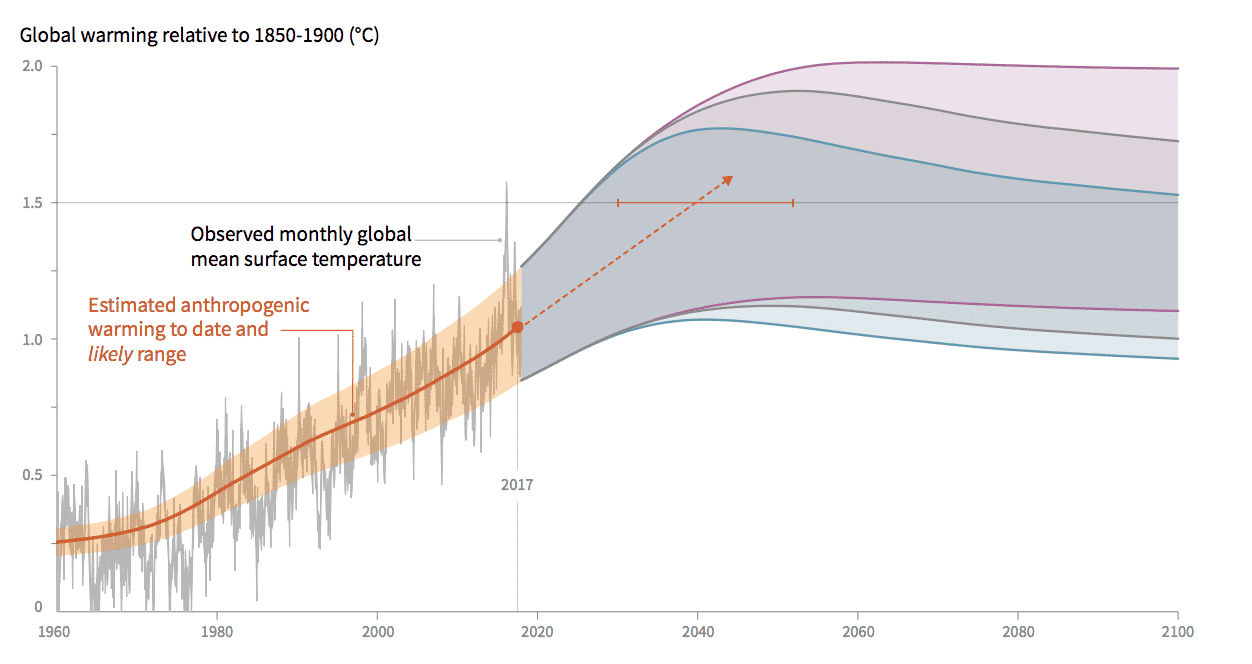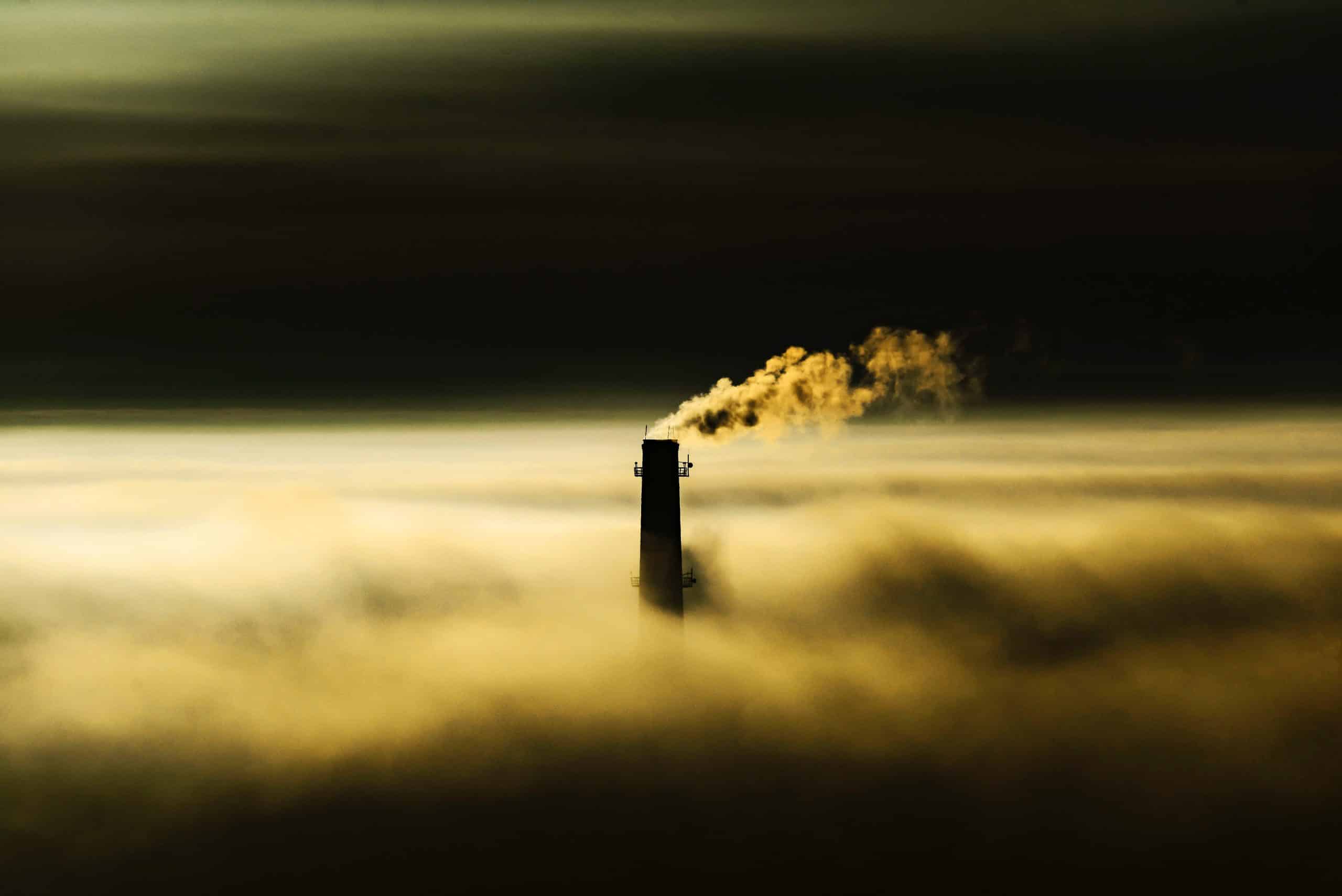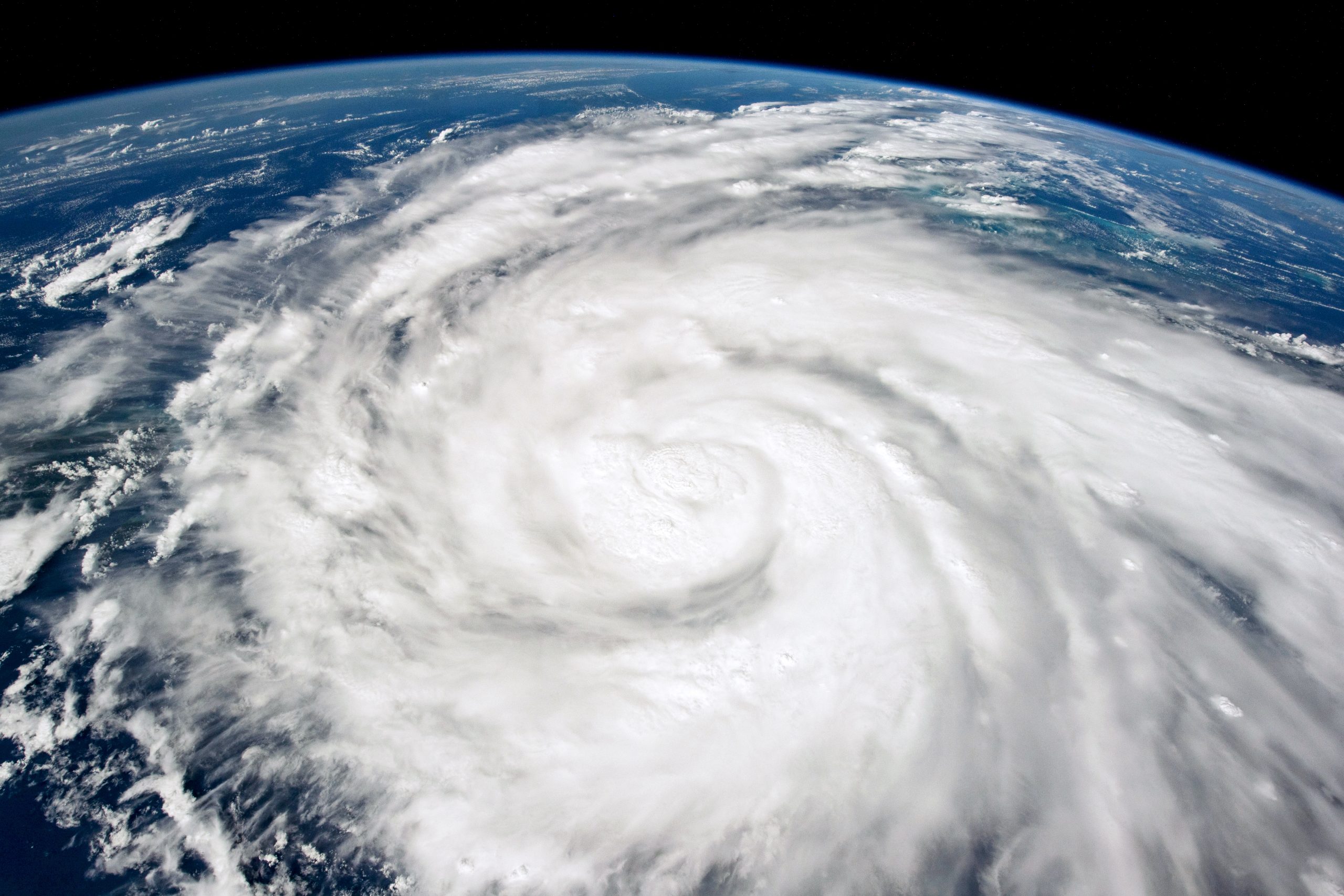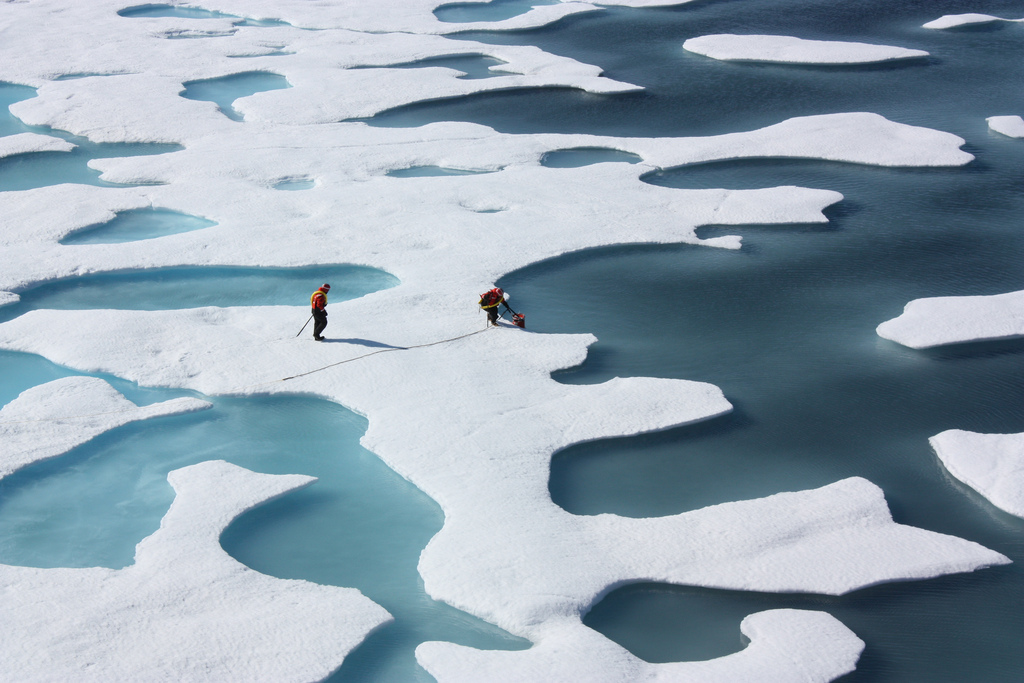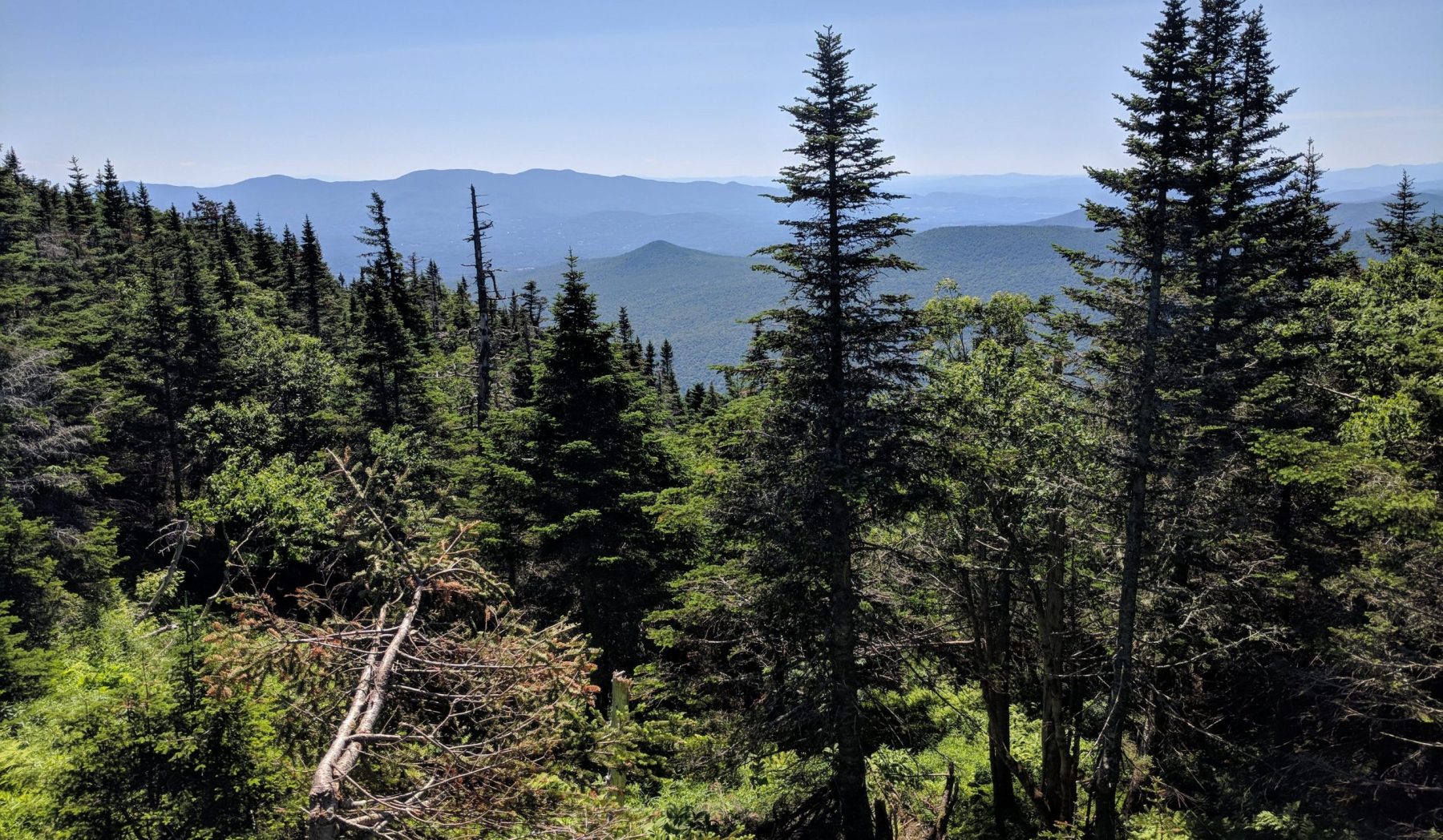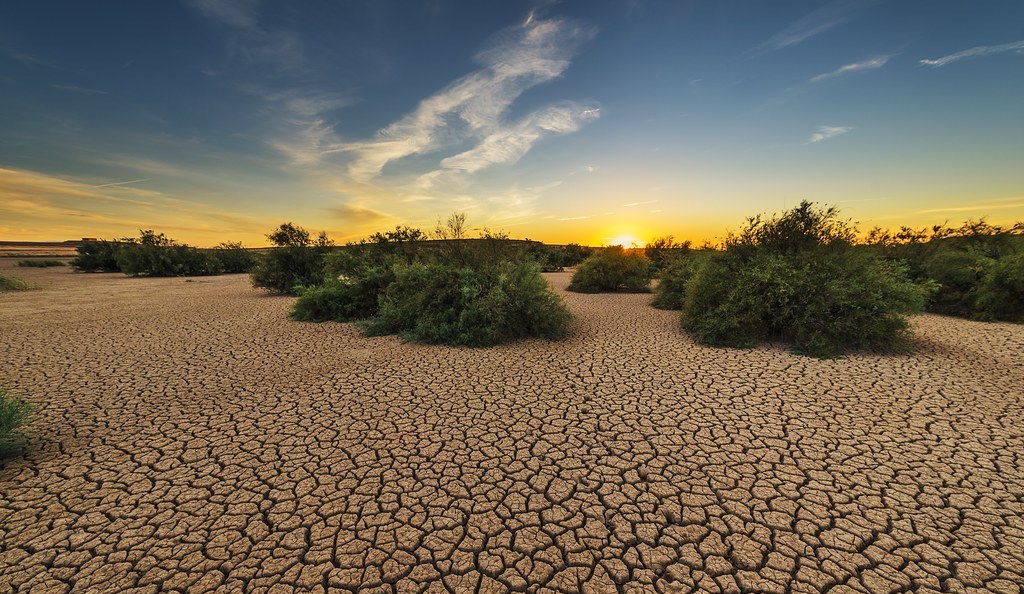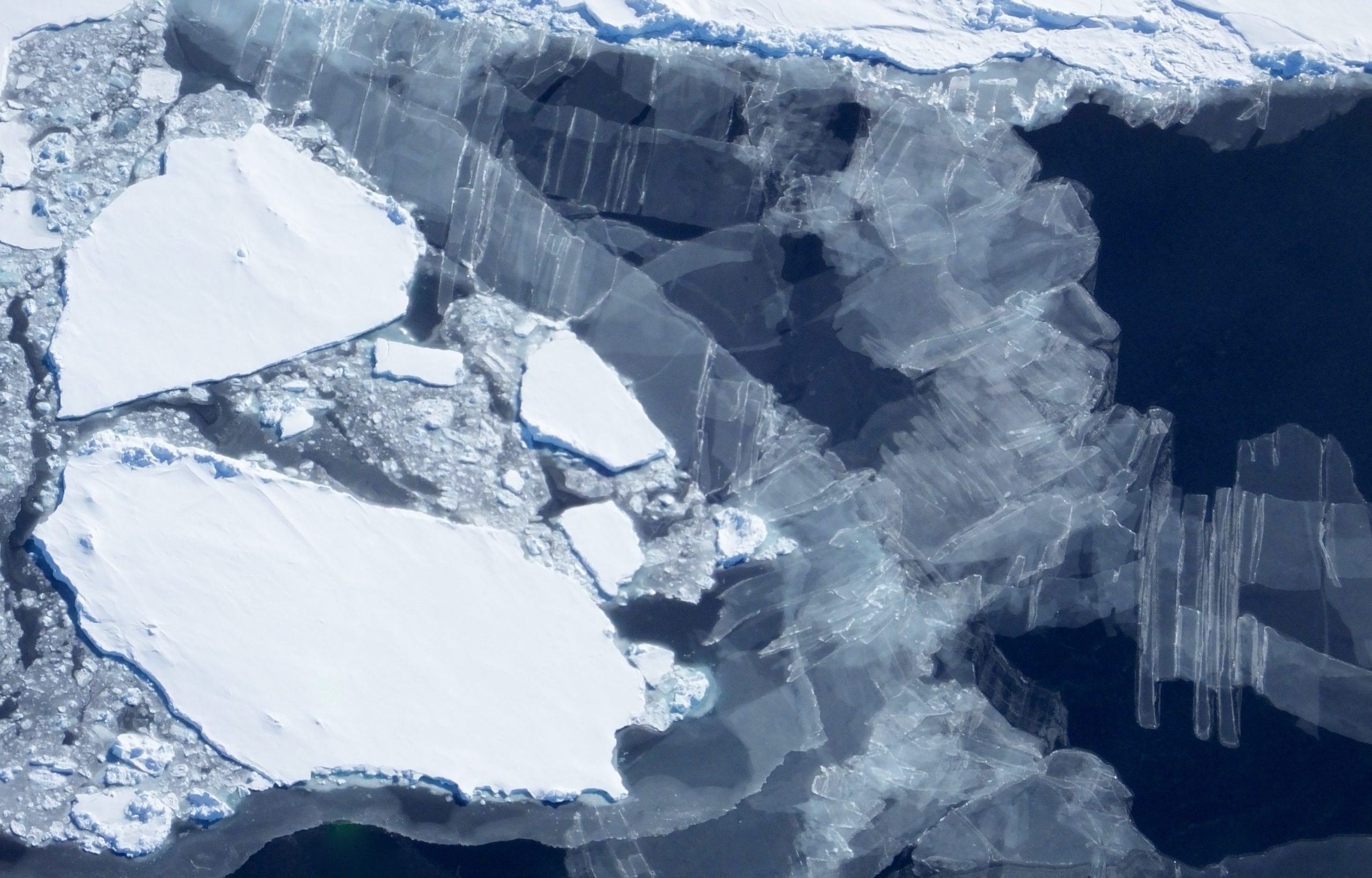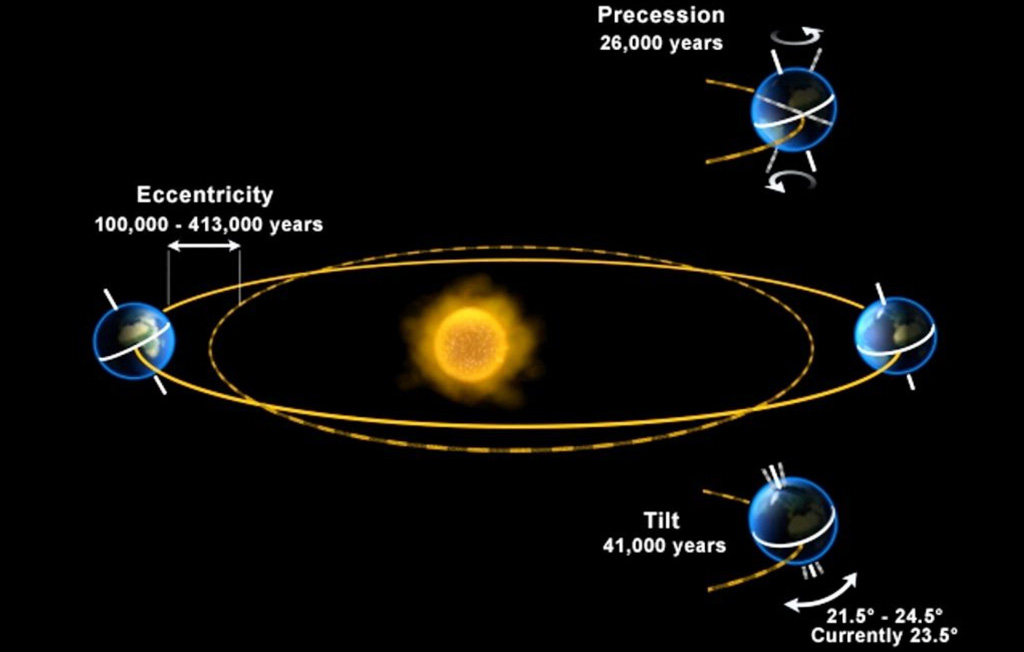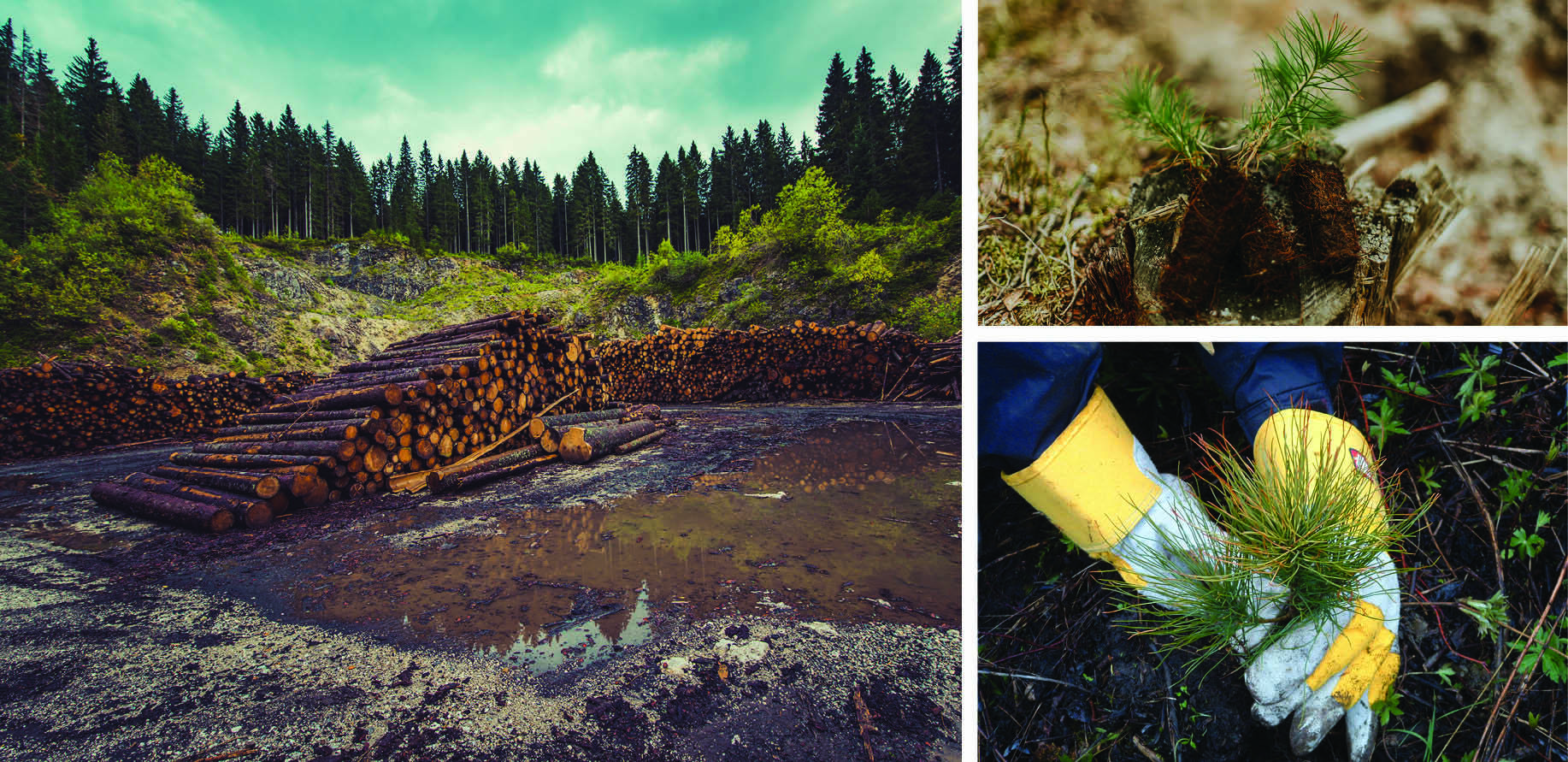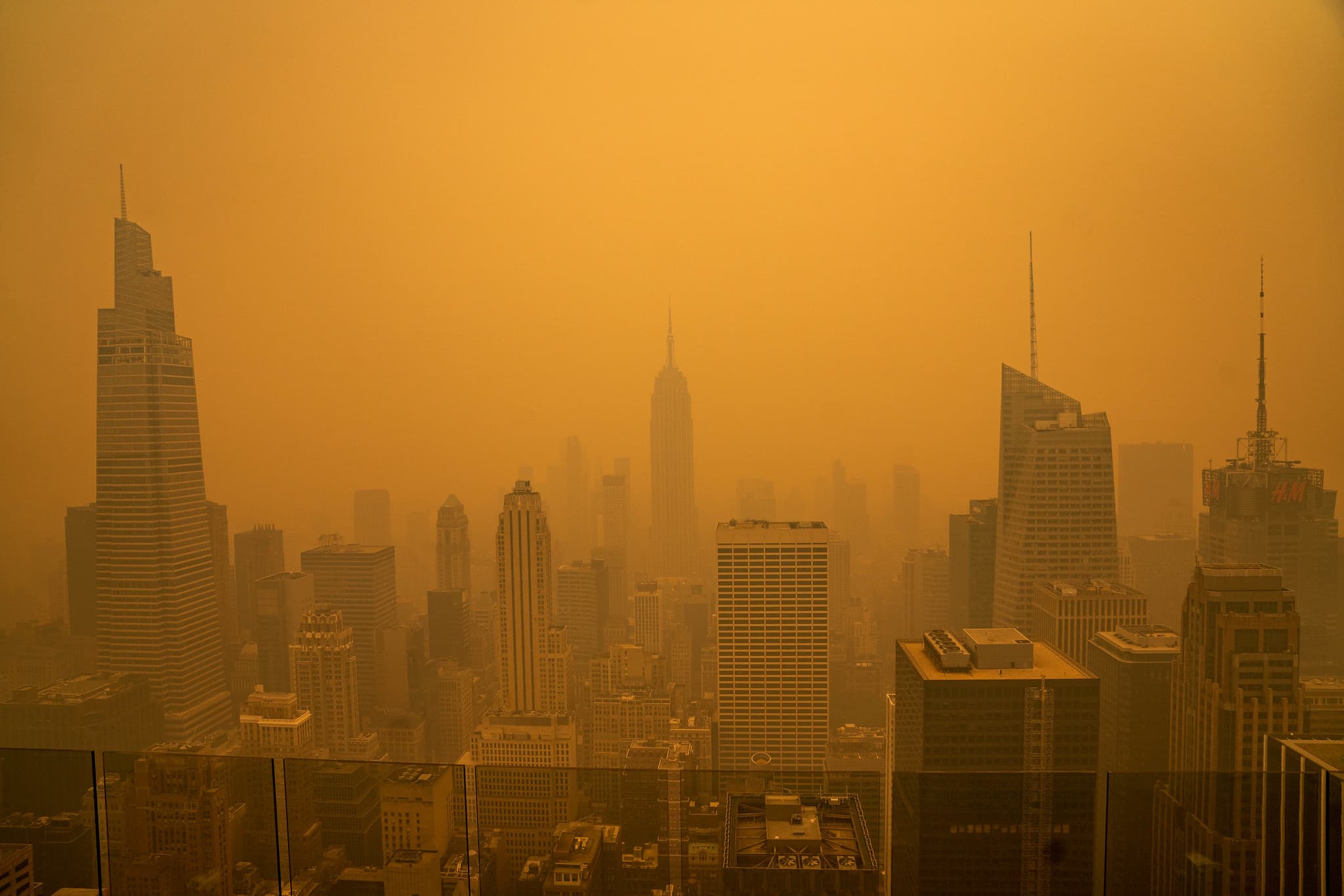
Of the many factors that cause wildfires, the influence of climate change and human activities is growing
Although there are multiple things at play when it comes to wildfires, climate change is becoming increasingly important. Wildfires are the result of complex interactions between biophysical and human factors, and it only takes one poorly managed campfire to cause a serious, widespread wildfire disaster. Many wildfires are indeed the direct result of human activities. However, many more and much worse wildfires are now possible because of climate change, leading to greater environmental and economic negative impacts.

